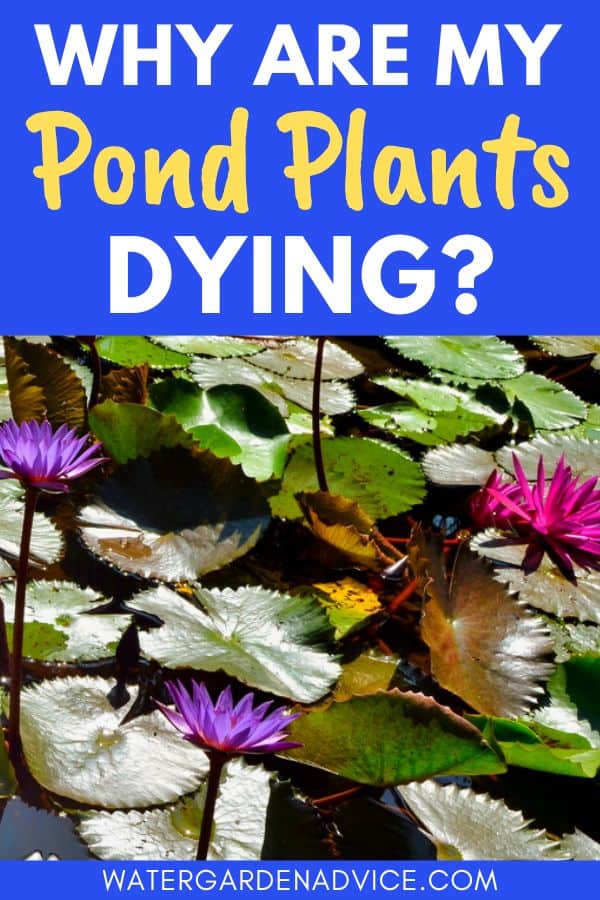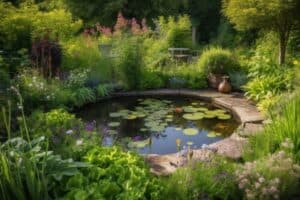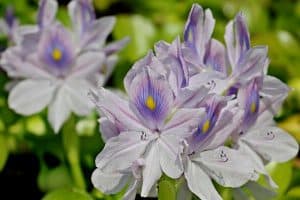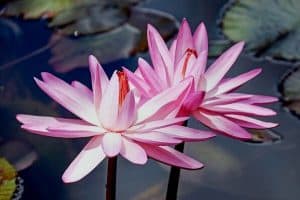Plants are an important part of a healthy pond ecosystem, so if they’re turning yellow or becoming droopy you need to act fast to save them.
In this article I’ll help you find the causes and suggest some ways to save your dying pond plants.
This post contains affiliate links. Please read the disclosure for more info.
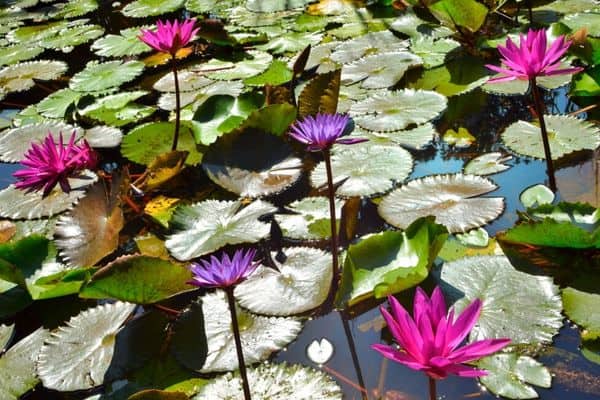
Why Your Pond Plants Are Dying
Some of the main reasons your pond plants may be turning yellow or dying are insufficient sunlight, algae overgrowth, low dissolved oxygen level, planting at the wrong depth and choosing plants that aren’t suited to your climate.
1. Too Little Oxygen
Healthy pond water contains dissolved oxygen, which is essential for pond plants, fish and beneficial bacteria species that need oxygen to survive.
If you notice that your backyard pond smells like rotten eggs or your fish are gasping for air at the surface of the pond, it’s a sure sign that your pond water is low in oxygen and needs aeration.
Low oxygen can become a real problem, especially in summer because oxygen levels decrease as the water warms up.
You can test the level of dissolved oxygen in your pond using a dissolved oxygen meter.
If the level is below 6 mg/L you’ll need to install a bubbler, fountain, waterfall or pond spitter to infuse oxygen into the pond water. [1]
Try to include a few different types of plants in your pond, making sure to include some floating plants, submerged plants and marginal plants.
With a variety of different types of plants, you’ll have plants flowering, providing greenery and producing oxygen throughout the growing season.
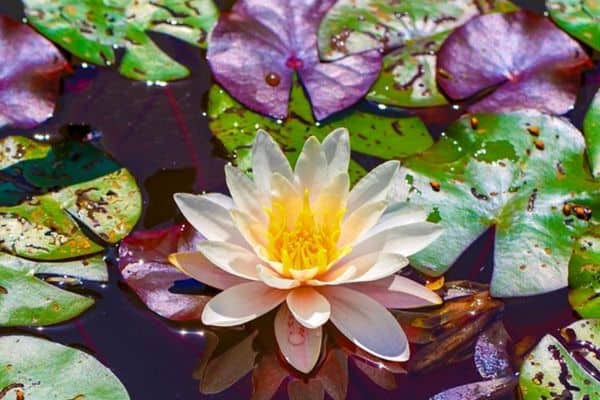
2. Choosing the wrong plants for your climate
Not all pond plants are suitable for cool climates and many tropical plants will die off once the temperature falls below 64°F (18°C).
Water lettuces and water hyacinths aren’t cold hardy, so they’ll die off in late fall when the temperature starts to drop.
If you live in a cool climate area you can overwinter tropical pond plants like canna lilies and taro indoors over the winter months or grow them as annuals and replace them every year.
Most hardy aquatic plants will go into a dormant state over the winter months and the foliage will die off, but they’ll come back again in spring.
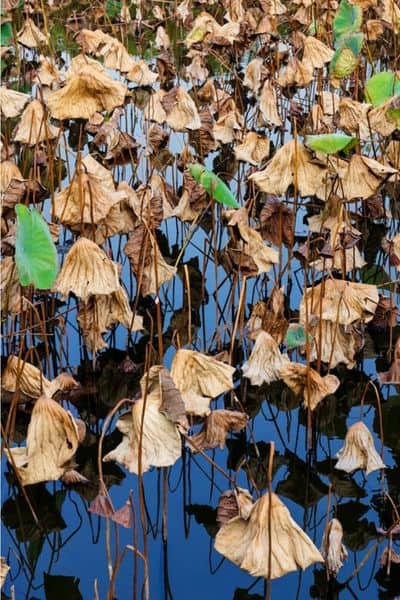
3. Water temperature
The ideal water temperature for a backyard pond is 65 to 75 degrees F. (18 to 23 degrees C.).
Keeping the pond water within this temperature range will benefit the ecosystem of your pond and provide the best environment for your plants to thrive.
Smaller ponds are harder to keep cool, especially during the hot summer months, so you may need to install a shade sail over the pond or include some floating pond plants to cover part of the pond.
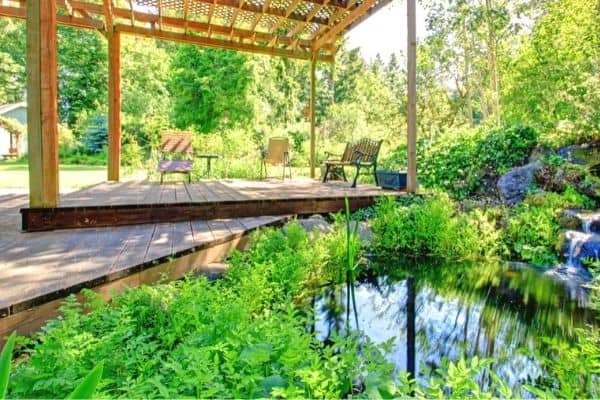
4. Not enough sunlight
Like all plants, pond plants need sunlight to create energy through photosynthesis.
Most pond plants need at least 5 to 6 hours of sunlight each day but there are a few plants that will grow well in a shaded spot.
Hostas, ferns and coleus are good choices to plant around the edge of a shady pond.
If you have lots of trees that are blocking the sun, you may need to trim back some of the branches to allow the sunlight to come through.
If you have too many plants in and around your pond you may need to cut some of them back if the leaves overlap and block the sunlight.
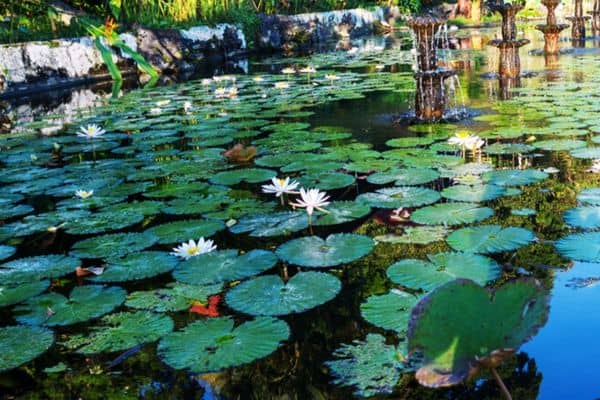
5. Too much sunlight
Too much sunlight, especially during the hot summer months can burn the leaves of some pond plants, leaving them droopy or wilted.
Ponds that are located in a spot that receives hot afternoon sun may need a large umbrella or shade sail to protect the plants from the scorching sun.
RELATED: 5 Pond Cover Ideas
If covering your pond isn’t an option, choose plants that can tolerate full sun like water lilies or water hyacinths.
If you’re returning your plants to the pond after overwintering them indoors it’s a good idea to harden them off first.
Start by introducing them to full sun for a few hours each day for two weeks before planting them back in the pond.
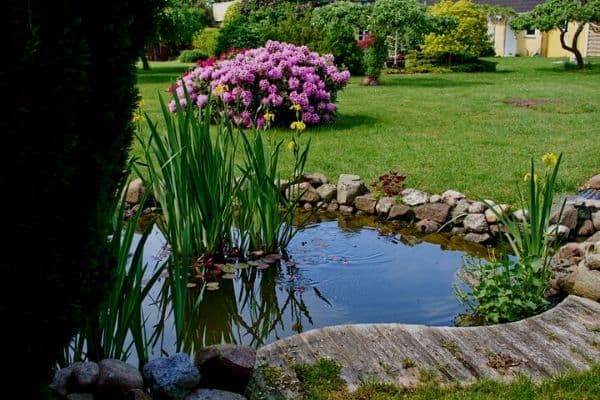
6. pH Level
It’s a good idea to test the water regularly using a pond test kit to make sure that the pH level is within the healthy range of 6 to 8.
A pH level of 7 is neutral, while above 7 is alkaline and below 7 is acidic.
If the pH level in your pond is too high or too low you can bring it into balance by using a water adjuster to increase or reduce the pH.
7. Chemical Usage
Avoid spraying weed killer and other chemicals around the pond area.
Heavy rain can cause the chemicals to runoff into the pond, which can harm the fish and plants in the pond.
Also, try to avoid using harsh chemicals to remove algae.
If you’re dealing with an overgrowth of algae or a buildup of sludge, try using chemical free removal methods like barley straw, filtration, a UV clarifier or a pond vacuum.
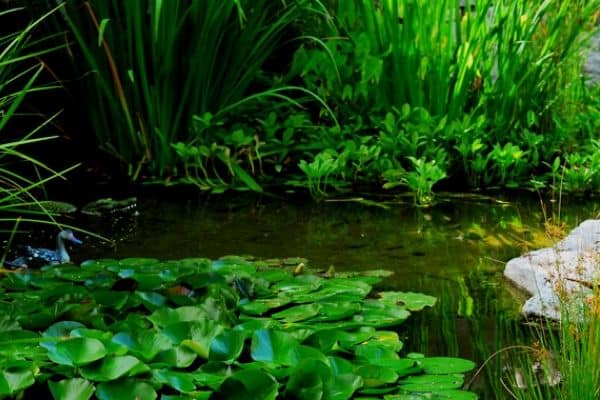
8. Fish eating your plants
If you have koi fish in your pond you’ll probably find that they love munching on your water lilies.
If you’re losing lots of plants to your fish you may need to place them in a floating pond planter so the fish can’t get to them or choose plants that the fish don’t find appealing.
9. Too many pond plants
It doesn’t take long for pond plants to spread out, especially floating plants like Water Hyacinths, Salvinia and Water Lettuce, so if your pond is small you’ll have to trim them back regularly to prevent them taking over and crowding out your other plants.
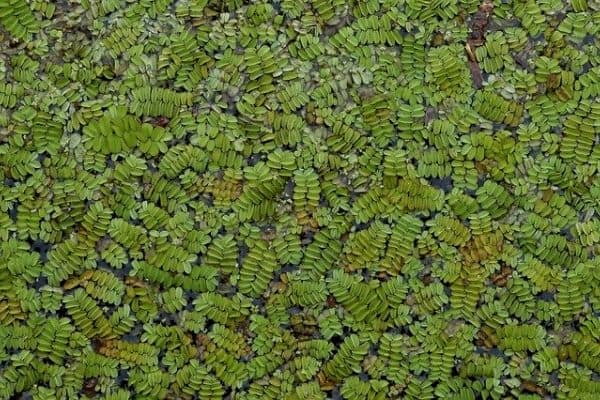
10. Pests
Pond plants are susceptible to pests, just as plants in the garden. Some of the most common pests are aphids and snails. [2]
You can use a hose to blast the aphids off instead of using chemicals and if you see any snails around the pond pick them off manually or put a lettuce leaf into the pond to attract the snails and then get rid of them.
11. Incorrect pond depth
If your pond is too shallow, the water can heat up very quickly during hot summer weather which can cause the plants to die.
Shallow ponds will also need to be topped up regularly during summer due to evaporation.
Some pond plants can grow completely submerged underneath the water, others float on the surface and some like to have their roots in water but keep their foliage dry.
Duck weed will grow in shallow ponds, but it needs plenty of room to spread out.
Marginal plants can grow in water up to 6 inches (15 cm) deep, but the foliage should stay above the water level.
Water lilies can grow in water that is 12 to 18 inches (30 to 45 cm) deep.
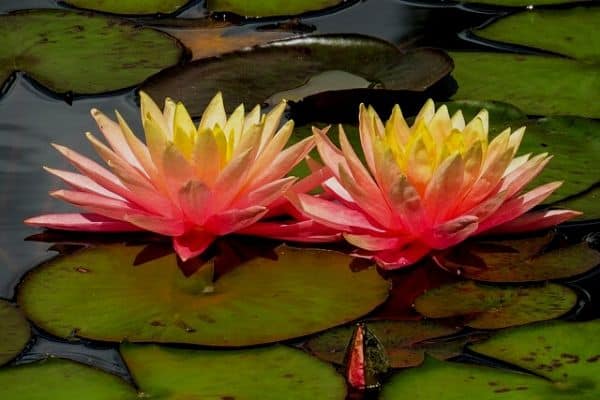
12. Imbalanced ecosystem
A healthy pond with a balanced ecosystem will provide the ideal conditions for your pond plants to grow.
Fish produce waste matter that is a high source of nutrients for pond plants.
They also eat algae from your pond which helps to keep the pond clean and keep the ecosystem balanced.
If you’ve just installed a new pond you’ll need to be patient while the pond ecosystem becomes established.
You can use aquatic fertilizer tablets to give your plants the essential nutrients that they need to grow in the meantime.
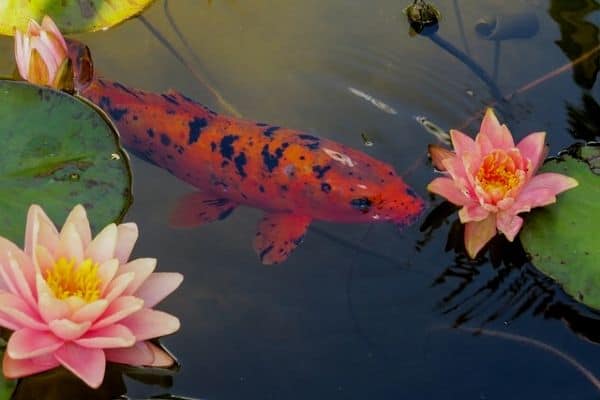
13. Water splashing
Pond plants that are native to rivers or streams can tolerate water movement and a bit of splashing, but most plants don’t like constant water movement.
If you have a large fountain or waterfall in your pond you’ll need to situate the plants as far away as possible so that they’re out of the splash zone.
RELATED ARTICLES
So there are some of the most common reasons that your pond plants may be turning yellow, drooping or dying off.
With the right conditions and care you can ensure that your pond plants stay alive and healthy for many years.
Have you had problems with your pond plants dying off? Let me know in the comments below.
Are you on Pinterest? I have boards dedicated to Garden Ponds and Pond Plants that you may find interesting.
